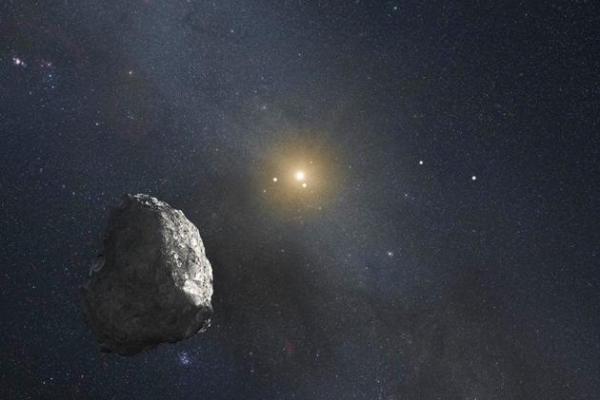NATIONAL HARBOR, Md., Nov. 11 (UPI/Brooks Hays) — As of right now, it is the most distant object in the solar system, a sizable space rock 103 times farther away from the sun than the Earth.
The object remains unclassified, cataloged as V774104, and it could be one of the more exciting finds in years — or it could be just another rock.
Researchers presented the object’s discovery on Wednesday to attendees of the 47th annual meeting of the American Astronomical Society’s Division for Planetary Sciences, currently being held outside of Washington, D.C.
Currently, the object is perched on the outer edge of the Kuiper Belt, the debris-filled region where dwarf planets Pluto and Eris reside. The object may inhabit the fringes of the Oort cloud, a distant theoretical protoplanetary disk of icy objects.
It’s possible the mysterious object hasn’t been disturbed for 4.5 billion years, untouched since the solar system’s earliest beginnings. If so, it may offer astronomers a unique look at the conditions that birthed our planetary system.
It’s also possible that V774104 follows an elliptical orbit and will soon veer much closer to the Sun. If that happens, the object will quickly become less interesting.
“There’s no reason to be excited yet,” Michael Brown, a planetary scientist at the California Institute of Technology in Pasadena, told Nature.
Astronomers have only identified two objects within the Oort cloud, Sedna and 2012 VP. Both objects swing into the Kuiper Belt for part of their orbits, their path around the sun influenced by the gravitational pull of Neptune.
If V774104 remains unaffected by Neptune, then it will be time to be excited.







